I agree, However you may get some argument from the International Betta Congress
Aquarium Salt, The Healthy Preventative v 2.0
https://www.ibcbettas.org/aquarium-salt-the-healthy-preventative-v-2-0/
This article has considerable inaccurate "data" to substantiate their position, regardless of who may have authored it. The alleged benefits of regular salt are simply not true scientifically.
In addition to my article linked previously, on that same site are a couple of salt articles by Dr. Neale Monks. Some may disagree with me, fine, but you better be well educated in biology before you start arguing with Neale.



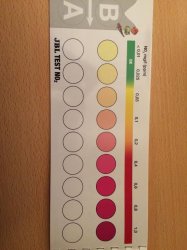
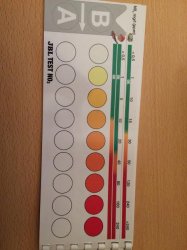
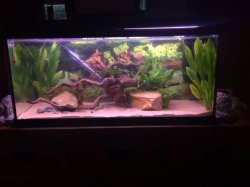
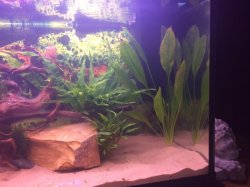
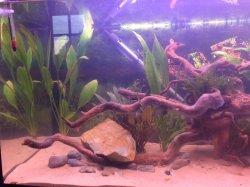
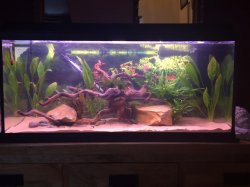
 )
)